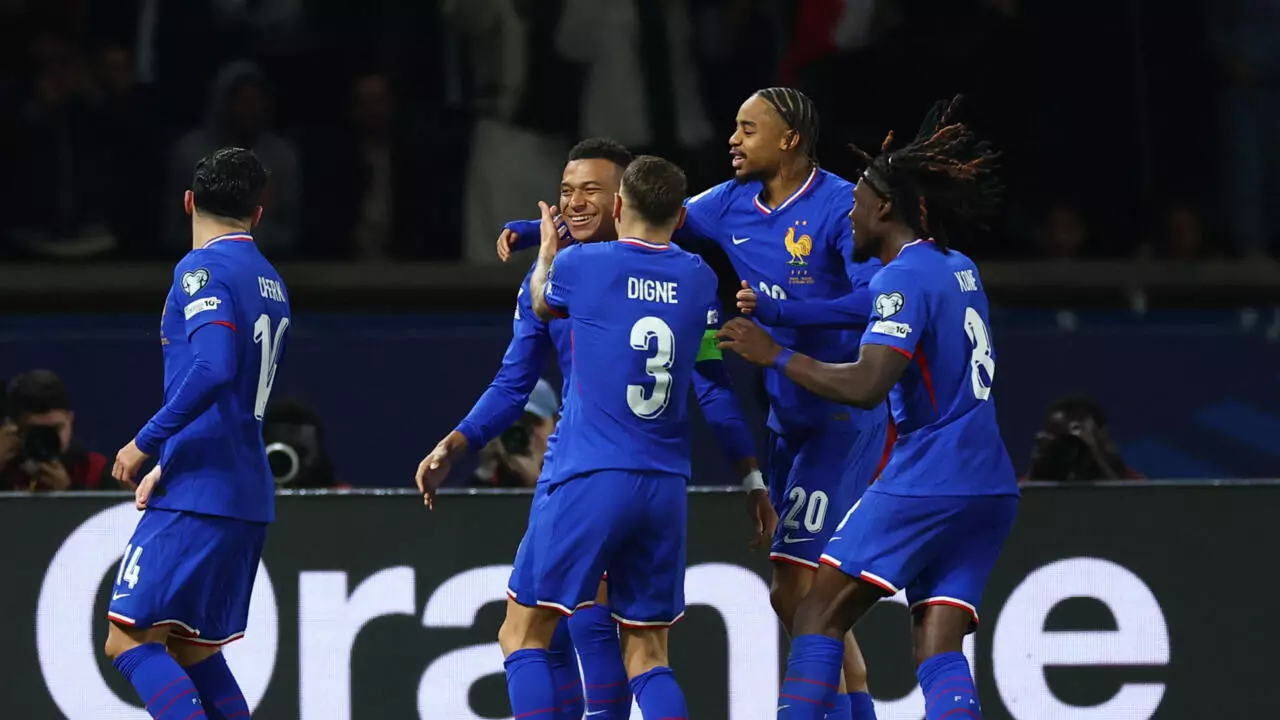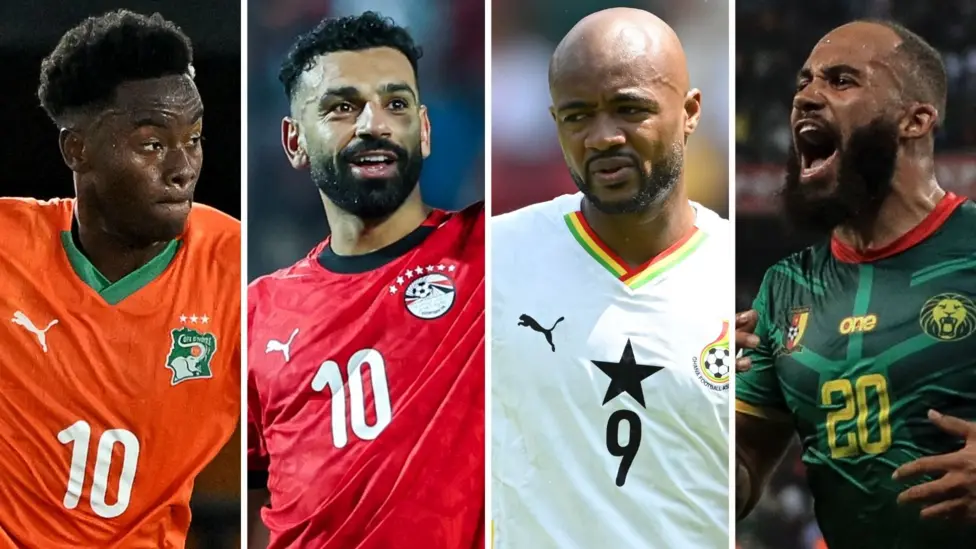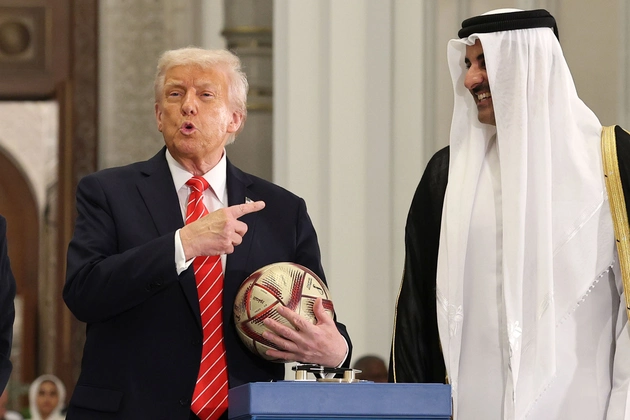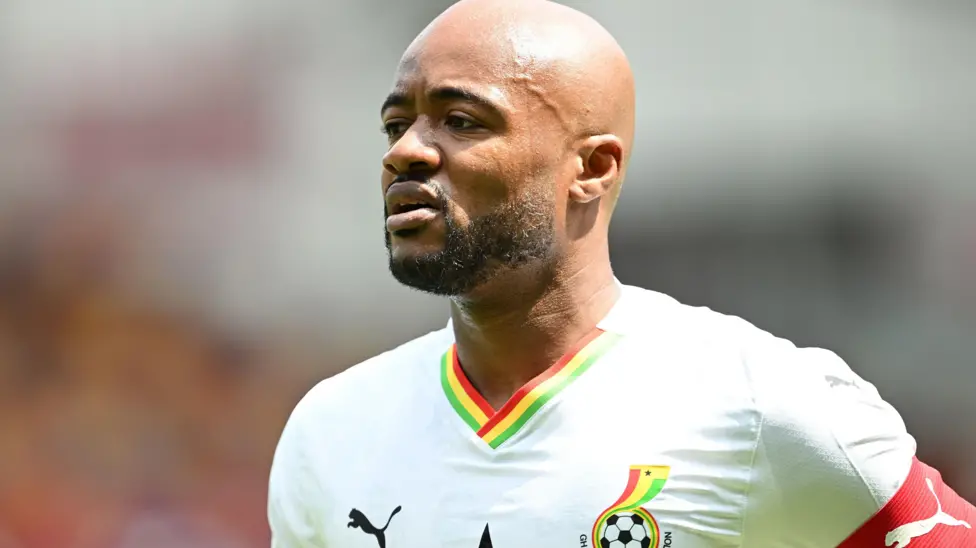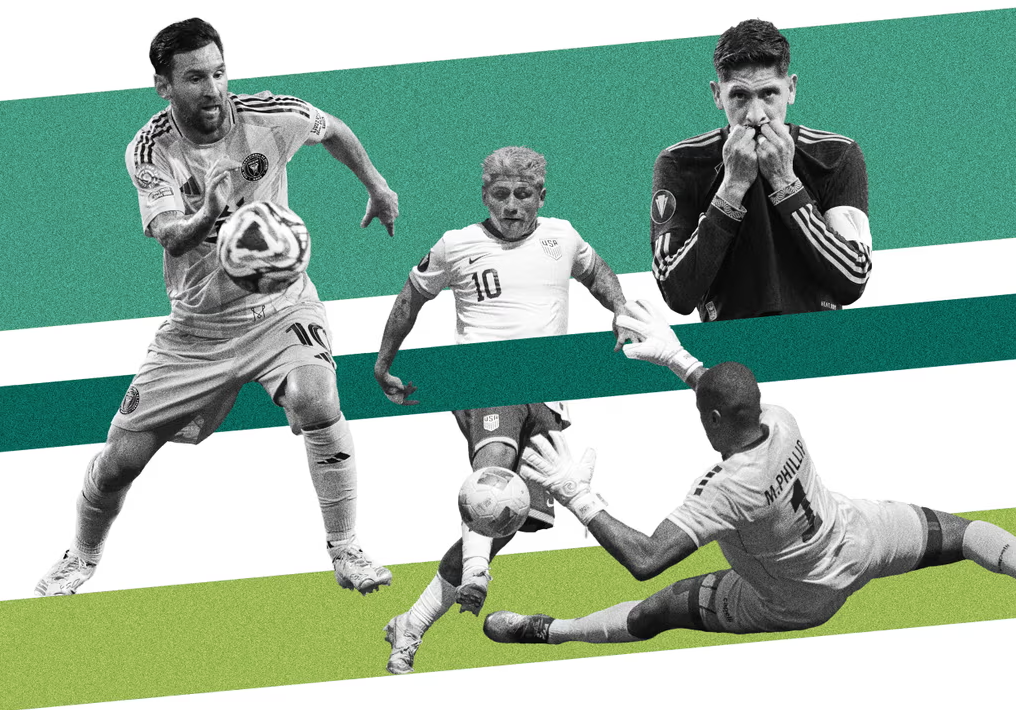
This article is more than
7 year oldRussia’s neo-Nazi football hooligans are ‘the tsars of the football underworld’
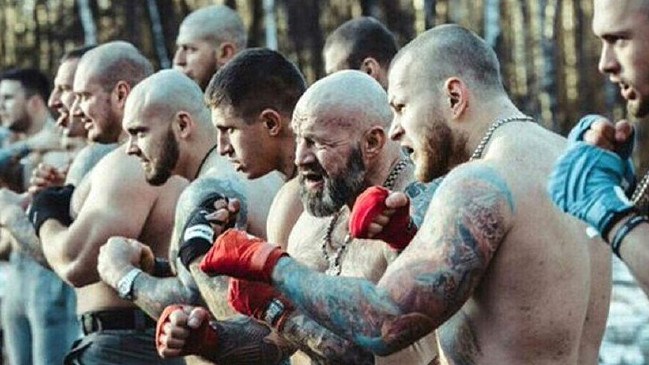
ROBERT Ustian knows that neo-Nazi hooligans who have run riot through Russian football for decades could take him out on any given day.
The 34-year-old CSKA Moscow supporter sends out handfuls of secret spotters to the Red Army club’s matches to chronicle racist abuse.
Ustian then forwards the videos of Nazi salutes and chilling Waffen-SS banners to the authorities — and waits to see what might befall him next.

“We are opposing not the nicest guys in the world,” Ustian told AFP in an English-language interview.
“I think those guys only know my identity because I try to hide all the others (the other spotters). They have families, children,” he said.
“But we have come too far and even if something bad happens to me, there are people who will take over.” The thugs haunting Ustian are the same ones President Vladimir Putin has been doing everything in his power to make disappear before the World Cup kicks off on June 14.
The no-nonsense Russian security forces’ tactics have ranged from intimidation to something best described as preventive arrests.
Hundreds — some think thousands — have either been rounded up or forced to sign good behaviour promises to make sure nothing sullies Putin’s showpiece.
But what happens once the football party is over and the global media’s glare shifts elsewhere is as uncertain as Ustian’s fate.
THUG LIFE

Russian hooligans first grabbed international headlines when a few hundred of them attacked England supporters at euro 2016 in France.
The bloody battles in Marseilles left two English fans critically injured and crowned the Russians as the tsars of the football underworld.
But the mayhem that shocked Europe had been brewing across ramshackle Russian stadiums since shortly after the Soviet Union’s collapse.

Angry and poor youths who spent their days in boxing and wrestling gyms stretching from one-factory towns in the Urals to Putin’s native Saint Petersburg formed “firms” around football clubs.
These bands of “ultras” were modelled on English ones from the 1970s and espoused a poisonous mix of white nationalist pride.
Stadiums became arenas for the gangs to show their muscle and attract followers. The authorities allowed them to prosper in return for staying out of politics.
It was an arrangement that almost came back to haunt Putin eight years ago.
COURTSHIP

Putin found himself standing at a snowy cemetery next to grieving ultras after the murder of a Spartak Moscow supporter by North Caucasus migrants in December 2010.
Some of the suspects’ release from pre-trial detention sparked a riot by thousands of football followers in a major square under the Kremlin’s walls.
Non-Slavic minorities were attacked and windows were smashed in the worst racial violence to hit modern Russia.
Putin was stunned by the ultras’ ability to instantly mobilise small armies in blatant disregard for the police.
He held an unprecedented meeting with firm leaders and laid flowers at the Spartak fan’s burial.

It was a courtship that made sure hooligans stayed on Putin’s side throughout his rule.
“Putin did not condemn the violence or mention the minorities — he went to this guy’s grave with elements of the far right,” said Pavel Klymenko of the London-based Football Against Racism in Europe (FARE) network.
“He showed that they share many of the same principles and views.” Any outstanding fringe elements were systematically targeted after euro 2016 to make sure World Cup fights that might break out do not involve Russians.
Those who suddenly found themselves on the wrong side of the law in the past two years turned to the likes of Oleg Semyonov for help.
Semyonov’s European Legal Service consultancy finds lawyers and offers advice by phone.
“The police and the security services have lists of people of interest,” said Semyonov.“And we are not talking about 100 or 200 people. It is much, much more.”
When Nuno Rocha prepared to take a decisive penalty for his upstart side Tosno, he was greeted by a deafening roar of monkey chants.
The Cape Verdean midfielder stared at the hooting crowd for a moment and slotted home the goal that knocked Spartak out of the Russian Cup last month.
Similar noises hounded French internationals Paul Pogba and Ousmane Dembele during a World Cup warm-up in Saint Petersburg in March.
“Lots of players from different continents play in Russia,” Deputy Prime Minister Vitaly Mutko said after the France match.
“We cannot say that there is any big problem with racism in Russia.”
That is the type of comment that enrages Ustian and his CSKA Fans Against Racism monitoring group.
“Our authorities think that if they accept the existence of a problem, this will make the entire nation seem racist or fascist,” Ustian said. “They have a phobia of accepting.”
FARE’s Klymenko said the far-right hooligans “set the tone” for how other supporters must behave during matches.
“You can stay silent, but many young people soak it in uncritically,” said Klymenko.
“And if you disagree, you are going to have problems. There is no challenge to the far-right fan groups.”
There is now a dichotomy in Russian football culture: its violent aspects have been temporarily dealt with while the xenophobic ones remain unaddressed.
It means that racist episodes at World Cup matches are more likely than any fan violence involving the Russians.
But Ustian’s gravest concern is that the Kremlin will let the chains shackling Russian hooligans for the tournament come off once the final whistle blows.
“We might end up with a nightmare after the World Cup,” said Ustian. “We don’t know what the informal terms of agreement are between the state and the firms — will they get carte blanche after the World Cup?”
